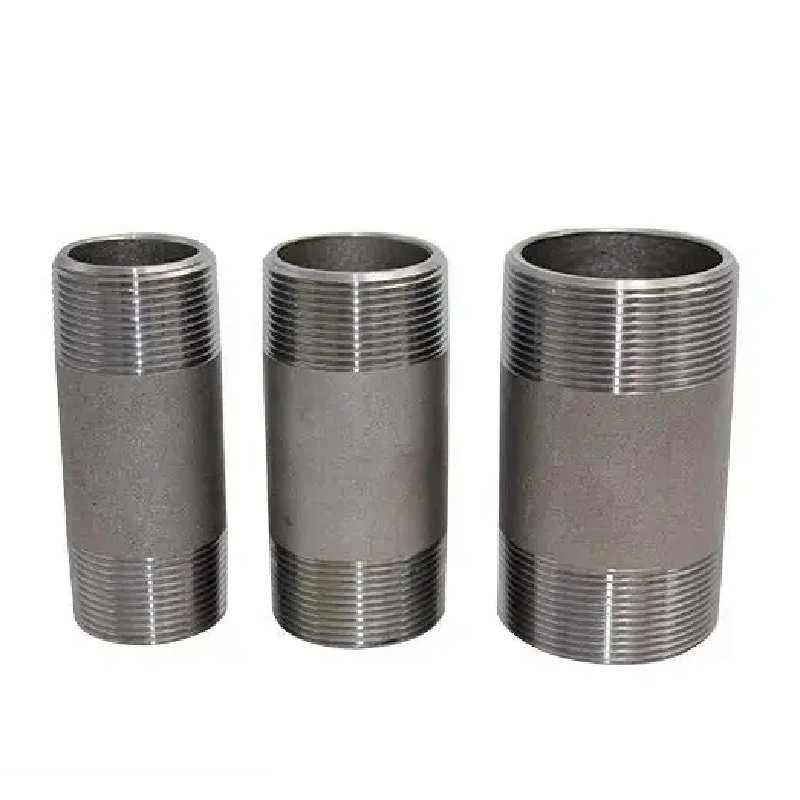-
Cangzhou Yulong Steel Co., Ltd.
-
Phone:
+86 13303177267 -
Email:
admin@ylsteelfittings.com
- English
- Arabic
- Italian
- Spanish
- Portuguese
- German
- kazakh
- Persian
- Greek
- French
- Russian
- Polish
- Thai
- Indonesian
- Vietnamese
- Zulu
- Korean
- Uzbek
- Hindi
- Serbian
- Malay
- Ukrainian
- Gujarati
- Haitian Creole
- hausa
- hawaiian
- Hebrew
- Miao
- Hungarian
- Icelandic
- igbo
- irish
- Japanese
- Javanese
- Kannada
- Khmer
- Rwandese
- Afrikaans
- Albanian
- Amharic
- Armenian
- Azerbaijani
- Basque
- Belarusian
- Bengali
- Bosnian
- Bulgarian
- Catalan
- Cebuano
- China
- China (Taiwan)
- Corsican
- Croatian
- Czech
- Danish
- Esperanto
- Estonian
- Finnish
- Frisian
- Galician
- Georgian
- Kurdish
- Kyrgyz
- Lao
- Latin
- Latvian
- Lithuanian
- Luxembourgish
- Macedonian
- Malgashi
- Malayalam
- Maltese
- Maori
- Marathi
- Mongolian
- Myanmar
- Nepali
- Norwegian
- Norwegian
- Occitan
- Pashto
- Dutch
- Punjabi
- Romanian
- Samoan
- Scottish Gaelic
- Sesotho
- Shona
- Sindhi
- Sinhala
- Slovak
- Slovenian
- Somali
- Sundanese
- Swahili
- Swedish
- Tagalog
- Tajik
- Tamil
- Tatar
- Telugu
- Turkish
- Turkmen
- Urdu
- Uighur
- Welsh
- Bantu
- Yiddish
- Yoruba

Sep . 26, 2024 09:26 Back to list
hydraulic flange
The Importance of Hydraulic Flanges in Fluid Power Systems
Hydraulic flanges play a crucial role in the efficiency and reliability of fluid power systems. These components are essential for connecting various elements of a hydraulic circuit, ensuring the safe and effective transfer of hydraulic fluid. The design, material selection, and application of hydraulic flanges significantly impact the overall performance of hydraulic machinery, making them a focal point in hydraulic engineering.
At its core, a hydraulic flange is a flat piece of material that provides a junction point for piping or other hydraulic components. Hydraulics relies on the movement of fluid under pressure to transmit power, making it essential that all connections in the system are secure. This is where flanges come into play. They allow for robust, leak-proof connections that can withstand the high pressures typically found in hydraulic systems.
One of the primary advantages of using hydraulic flanges is their ability to facilitate easy assembly and disassembly
. Unlike welded or threaded connections, flanged joints can be easily connected and disconnected, making maintenance and repairs more straightforward. This is particularly important in industrial settings where downtime can be costly. Flanges also allow for more flexible layouts in hydraulic systems, as they can be positioned and oriented in various ways to suit the specific needs of the machinery involved.hydraulic flange

Several types of hydraulic flanges are available, each designed for particular applications. Common types include flat-faced flanges, raised-face flanges, and blind flanges. The choice of flange type depends on the specific requirements of the hydraulic system, such as operating pressure, fluid type, and temperature conditions. It is essential to select the right flange to ensure optimal performance and longevity.
Material selection for hydraulic flanges is equally crucial. Flanges are typically made from materials like steel, stainless steel, and aluminum, each offering unique benefits. Steel flanges are ideal for high-pressure applications due to their strength and durability, while stainless steel flanges provide excellent corrosion resistance, making them suitable for systems that handle aggressive fluids. Aluminum flanges, on the other hand, are lightweight and easy to handle, making them ideal for applications where weight is a concern.
To ensure the effectiveness of hydraulic flanges, proper installation is key. This involves ensuring that the mating surfaces are clean and free from debris, using the correct gaskets or seals, and tightening the bolts or nuts to the specified torque. Failure to properly install flanges can result in leaks, decreased efficiency, and ultimately, system failure.
In conclusion, hydraulic flanges are integral components of hydraulic systems, facilitating safe and reliable connections between various elements. Their design, material properties, and ease of use make them indispensable in a wide range of industrial applications. As technology advances and industries evolve, the importance of understanding and utilizing hydraulic flanges will only grow, ensuring that hydraulic systems continue to operate efficiently and effectively in the years to come. Proper selection, installation, and maintenance of hydraulic flanges will play a vital role in the longevity and performance of hydraulic machinery, solidifying their place in modern engineering.
Latest news
-
ANSI 150P SS304 SO FLANGE
NewsFeb.14,2025
-
ASTM A333GR6 STEEL PIPE
NewsJan.20,2025
-
ANSI B16.5 WELDING NECK FLANGE
NewsJan.15,2026
-
ANSI B16.5 SLIP-ON FLANGE
NewsApr.19,2024
-
SABS 1123 FLANGE
NewsJan.15,2025
-
DIN86044 PLATE FLANGE
NewsApr.19,2024
-
DIN2527 BLIND FLANGE
NewsApr.12,2024
-
JIS B2311 Butt-Welding Fittings LR/SR 45°/90° /180°Seamless/Weld
NewsApr.23,2024











